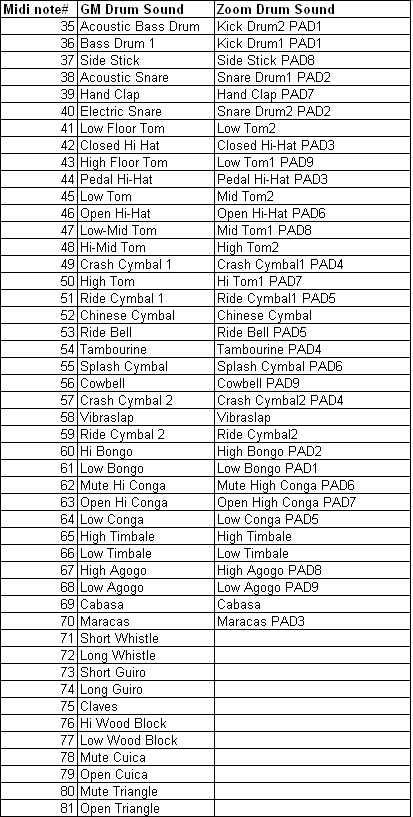
Note The application doesn't send any MIDI data, or make any sound, it only displays the MIDI data. The panel on the right-hand side displays the list of MIDI messages than have been generated, along with a timestamp (relative to the time that the application was launched). The interface is shown in the following screenshot. There is also a slider that creates a volume controller message (continuous controller 7). These buttons create note-on messages for four of the standard (General MIDI) drum sounds: bass drum, snare drum, closed hi-hat, and open hi-hat.

The demo project presents four buttons to create MIDI messages on MIDI channel 10. If you need help with this step, see Tutorial: Projucer Part 1: Getting started with the Projucer. Unzip the project and open the first header file in the Projucer. You should also be familiar with using JUCE buttons and sliders (see Tutorial: The Slider class and Tutorial: Listeners and Broadcasters).ĭownload the demo project for this tutorial here: PIP | ZIP.

Getting started Note This tutorial assumes that you are familiar with MIDI in general. Platforms: Windows, macOS, Linux, iOS, AndroidĬlasses: MidiMessage, MidiBuffer, Time, Timer The MidiBuffer class is also introduced for handling buffers of MIDI messages. This tutorial introduces the MidiMessage class, which is used for representing MIDI data.


 0 kommentar(er)
0 kommentar(er)
